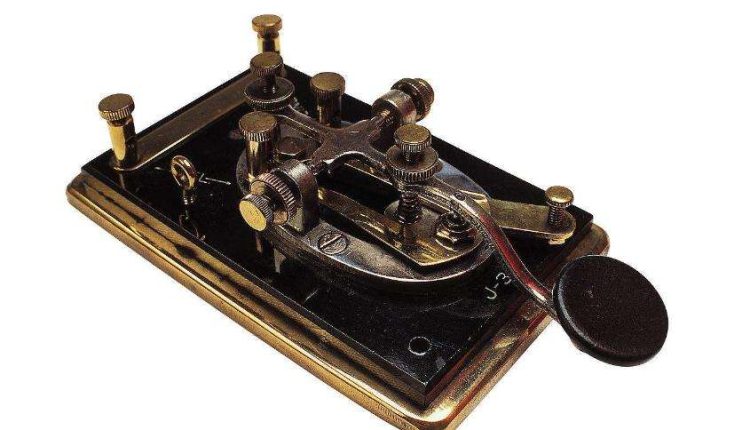
Morse Code
Continuing the topic of binary numbers, I asked my son, “Do you know Morse code?”
“Ah, I do! It’s used in telegraph.”
“Right, telegraph is no longer used in regular communications these days, but the story about Morse code is still interesting.
I explained, “Electrical telegraph was invented in the nineteenth century and was the grandfather of all long distance messaging methods. Interestingly, just like the internet, it was first transmitted through wires, then later improved to become wireless. One of the key issues of telegraphs is that it has a very limited bandwidth. This means the amount of information that can be sent through telegraphs is very limited. So it is super important to send as few signals as possible.
“This is why Morse code was invented. The goal of Morse code is to send a text message with as few signals as possible. It has two types of basic signals, a short beep called dit and a long signal called dah. There are also silences used in between the signals, which is basically the equivalent of spaces when you type.”
Below is the Morse code chart

“We use . for dit, and – for dah. For example, the letter A is . –. The letter B is – . . .”
“Ah, that’s what this dit dit dah dah is about when you see people sending telegraphs in old videos! But why does A have two signals and B have four?” Son asked.
I am pretty impressed. “That’s an excellent question! In the chart, can you find the letters with the shortest length?”
“That is E with just one . and oh T with just one –!”
“Good! Do you know what’s special about the letter E and T?”
“Um…”
“They are among the most frequently used letters!”
“Ah, yes, there are lots of Es and Ts when I spell words.” Son agreed.
“Here is the interesting thing about Morse code. Since E and T are two of the most used letters, they are represented using the fewest dit/dahs. On the other hand, the digits are relatively uncommon in text messages, so we use 5 signals for each digit. By using this method, Morse code can send the message with the fewest signals overall.”
Morse code is an example of encoding. Encoding is a very basic math and computer science problem. It studies how to convert data of one format to another. For example, Morse code converts text messages to electronic signals and then converts it back. Some interesting points:
- Morse code is a variable length encoding method, meaning it uses a variable number of signals for each letter.
- Morse code is an efficient encoding method since it considers the frequencies of the letters.
- Since there are two signals (dit and dah) used in Morse code, it’s a binary encoding (see the episode of binary numbers).
- This is SOS in Morse code:
